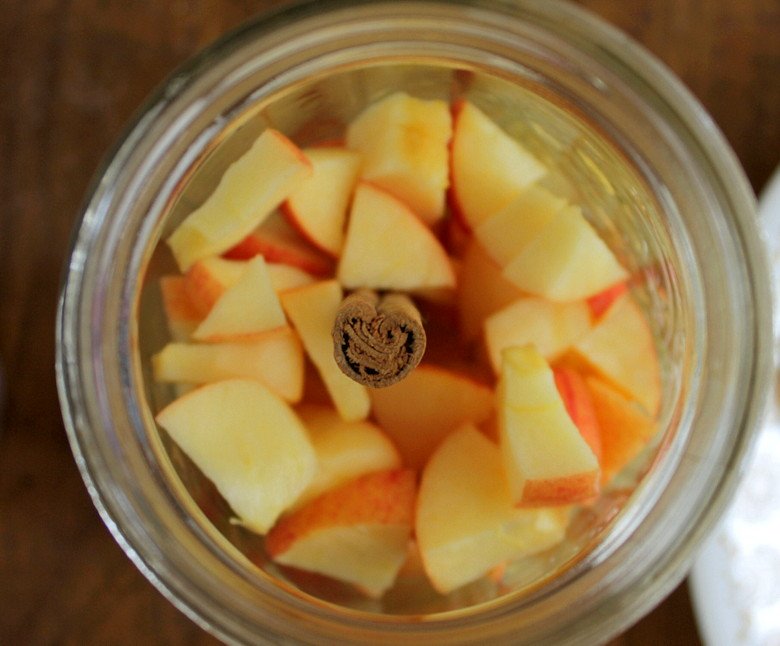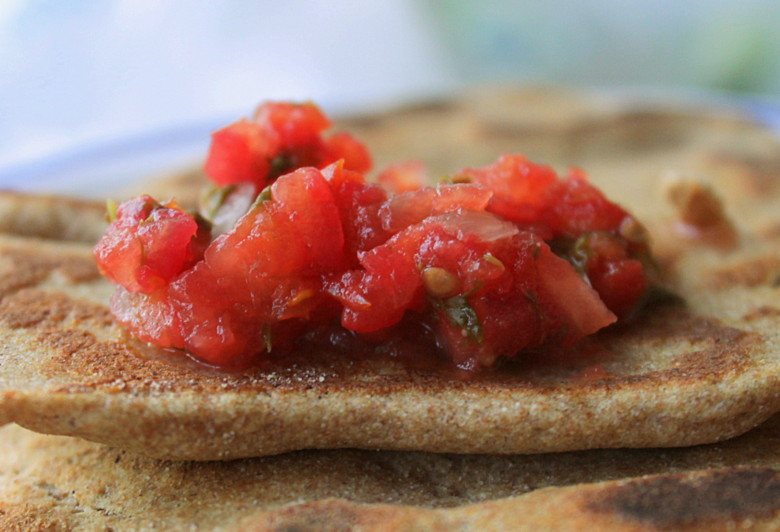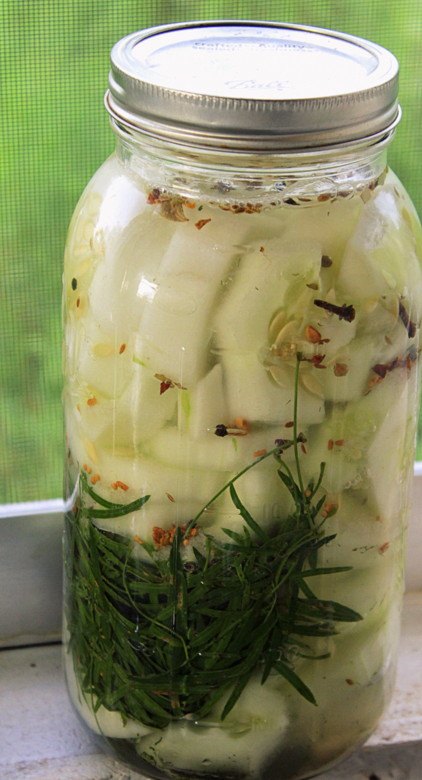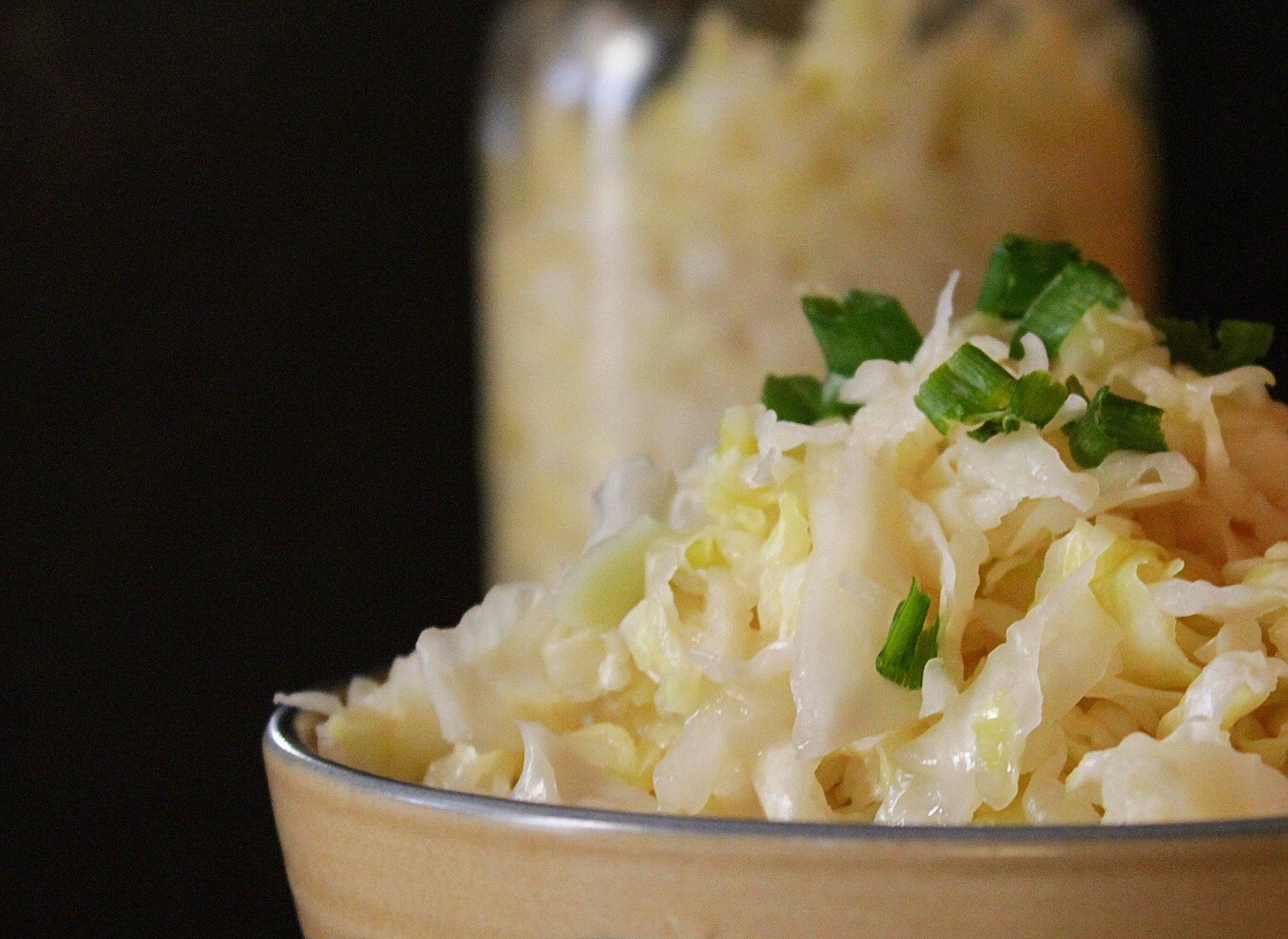How to Make Homemade Lacto-Fermented Foods and Drinks to Repair and Strengthen Your Microbiome During Flu Season
As I recently wrote, now that we are in the midst of the flu season, it is time to adjust our diets and consider certain supplements and vitamins to avoid the medical system, because Big Pharma’s flu products are highly toxic, and their number 1 product is the flu shot, which can injure, cripple, or kill you. In just this past year alone, 2024, over 6,000 cases of adverse effects from the flu shots have been filed with VAERS (Vaccine Adverse Events Reporting System), including 52 deaths, 70 life threatening adverse reactions, 80 permanent disabilities, 285 hospitalizations, and 666 ER visits. The other thing to consider if you live in North America and are now enduring cold, snowy days with very little sunshine, is how to repair and nourish your microbiome with fermented probiotic foods and drinks, so that your body can resist any attacks on your immune system, and keep the doctors away. The over-use of modern-day antibiotic drugs has destroyed most people's microbiomes, and so has the consumption of modern-day agricultural products, especially grains, that are contaminated with the herbicide glyphosate. An article we published in 2014 documents research showing how this herbicide is destroying the health of not only humans, but also cattle and other animals. Because of this research that came out in 2014, we have tested all the foods we sell on our online store, Healthy Traditions, for the presence of glyphosate, and if any foods test positive for it, we do not purchase or sell those foods. Most Americans, therefore, need to take special care to rebuild and manage their gut flora, or "microbiome". During this time, I hired Shannon Stonger, a Mennonite wife and mother living on a small homestead in Central Texas with a college degree in chemistry, to write some articles for us about how to make homemade lacto-fermented foods and drinks to help us repair and build up our microbiome, including recipes. I am highlighting her excellent articles and recipes today, because we need these kinds of nourishing foods in our diet today more than ever, especially during the winter months and "flu season." These articles, some of which are over 10 years old, show what a rich resource Health Impact News is to search for health information, with almost 9,000 articles now published since 2011, and all free of charge with no paywall.










